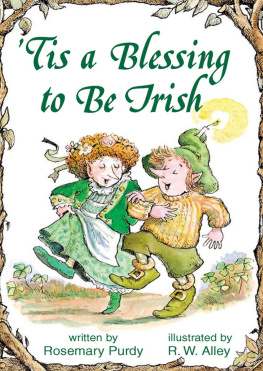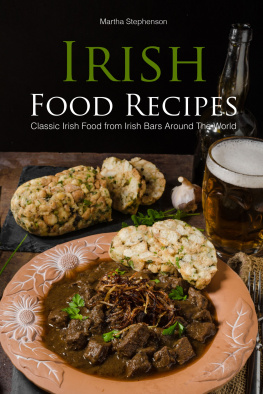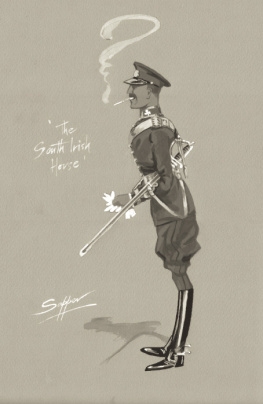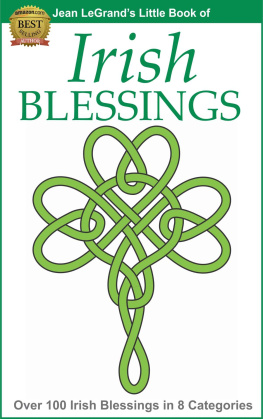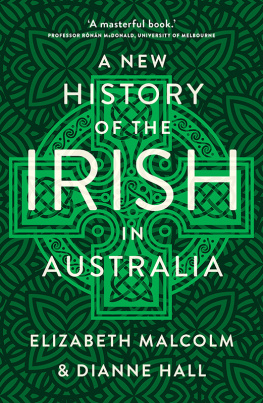First published in Great Britain in 2005 by
Pen & Sword Military
an imprint of
Pen & Sword Books Ltd
47 Church Street
Barnsley
South Yorkshire
S70 2AS
Copyright Jean Bowen, 2005
ISBN 1 84415 152 2
The right of Jean Bowen to be identified as Author of this Work has been asserted by her in accordance with the Copyright, Designs and Patents Act 1988.
A CIP catalogue record for this book is available from the British Library
All rights reserved. No part of this book may be reproduced or transmitted in any form or by any means, electronic or mechanical including photocopying, recording or by any information storage and retrieval system, without permission from the Publisher in writing.
Typeset in Plantin by
Phoenix Typesetting, Auldgirth, Dumfriesshire
Printed and bound in England by
CPI UK
Pen & Sword Books Ltd incorporates the imprints of Pen & Sword Aviation, Pen & Sword Maritime, Pen & Sword Military, Wharncliffe Local History, Pen & Sword Select, Pen & Sword Military Classics and Leo Cooper.
For a complete list of Pen & Sword titles please contact
PEN & SWORD BOOKS LIMITED
47 Church Street, Barnsley, South Yorkshire, S70 2AS, England
E-mail: enquiries@pen-and-sword.co.uk
Website: www.pen-and-sword.co.uk
To the Irish soldier past and present serving in the British Army and to the Regimental Associations that keep alive the history of the Irish Regiments that were disbanded in 1922.
Irish Regiments in the British Army
INFANTRY
Royal Irish Regiment (18th Foot)
Royal Inniskilling Fusiliers (27th Foot)
Connaught Rangers (88th Foot)
Royal Irish Fusiliers (the Faughs)
Royal Irish Rifles
The Prince of Waless Leinster Regiment (Royal Canadians)
Royal Munster Fusiliers
Royal Dublin Fusiliers
CAVALRY
6th Inniskilling Dragoons
4th Royal Irish Dragoon Guards
5th Royal Irish Lancers
8th Kings Royal Irish Hussars
Acknowledgements
Desmond and I worked together on the manuscript for Heroic Options: The Irish in the British Army until his death in 1998 when I began the task of finishing it on my own. So many people were helpful along the way. In particular I mention Colonel Robin Charley who kindly allowed me to work in the small library of the Royal Irish Rangers Museum on Waring Street, Belfast. Thanks are extended to the helpful staff of the National Army Museum, London, the National Library of Ireland, Dublin, and special thanks to the late Joan Collett, Librarian at Queens University Library Belfast, who supplied us with valuable references. I am more than grateful to Mr Brereton Greenhous, friend and military historian for National Defence Canada (now retired) who first read our manuscript and liberally used his red pencil, a very necessary task aimed at cutting down our unwieldly and perhaps overly enthusiastic text. This was in line with advice by another friend, Anthony Morris, formerly of Coleraine University, Northern Ireland, an historian who gave me valuable information on what not to do at this time in the publishing business and stressed the use of short, snappy sentences. Thanks also to Jenny Wilson of Carleton University, Ottawa, who provided information on copyright. The Regimental Associations and their museums were prompt and very helpful, my thanks to them all. Thanks also to Michael Lee, Bill McFadzean, Norman Adams and Keith Jeffrey who kindly supplied me with privately owned photographs. Many thanks to the staff of Pen & Sword Books Limited, especially to Brigadier Henry Wilson, Publishing Manager, for his always patient and cheerful e-mails in answer to my numerous queries. I cannot adequately express my thanks to my assistant Jo-Anne Cairns, without whose constant enthusiasm and computer skills this work would never have been ready for publication. Finally, although I was always encouraged by our children and I thank them for this, I am told they were somewhat surprised that their mother finished the book!
It may not in fact be so surprising if, on examination, an Irish military tradition turns out to be central to the Irish historical experience, and a key element in modern Irish identity.
T. Bartlett, K. Jeffery
An Irish Military Tradition? in
A Military History of Ireland, p. 2 Cambridge, 1996
This study had its genesis in a pilgrimage in the early 1980s to First World War memorials to the Irish who fought and died at places like Mons, Etreux, Thiepval and Ypres. Shortly afterwards we made our first visit to the Irish National War Memorial at Islandbridge in Dublin where we witnessed neglect verging upon desecration, the result apparently of a government policy of: deliberate and mean-spirited ruination. The contrast with the beautifully maintained monuments to Irish war-dead in Belgium and France could not have been greater. Vandals had destroyed memorial records, fountains were dried up, gardens had been opened to horse grazing, columns were decapitated and the central monument was covered with graffiti. Nor were we the only visitors dismayed by what government policy had allowed to happen to one of the memorable works of Sir Edwin Lutyens who had also designed the Cenotaph in London:
From all over the world Lutyens scholars came to see his master-piece; came to see and could only wonder at the barbarism of a society and a political culture which could permit this sacrilege; not merely permit it, but exult in it, and make indifference and contempt for those who had died in the Great War a badge of their political identity.
Located in what the Sunday Times called a distant backwater, the monument is a magnificent construction that preserves the original wooden Celtic cross from Ginchy on the Somme to honour the 16th (Irish) Divisions fallen. Surrounding ponds and flower beds near the River Liffey would provide a beautiful setting for four pavilions housing the many-volumed memorial records of thousands of Irishmen who died serving in the British Army in the Great War.
During the turbulent years of the 1920s many delays occurred in planning for the War Memorial because of nationalist intransigence; consequently work was not begun until 1931. Half the work force were ex-servicemen selected by the British Legion Employment Bureau, while the other half were provided by ex-servicemen from the Irish National Army, which ensured employment. The Irish Free State Government contributed towards the erection of the monument and its future maintenance, with other funds provided by contributions to a trust fund. The memorial park was completed in 1938.
From 1932 the ultra-nationalist Eamonn de Valera and his Fianna Fail (Soldiers of Destiny) republican party dominated Irish political life. During the de Valera era it was not politically correct to recognize the contribution made by so many Irish soldiers to the British Army in times past. In 1939 he agreed to attend the opening ceremony at Islandbridge, but postponed it indefinitely when conscription in the north of Ireland seemed probable. Islandbridge remained officially unopened. Between 1940 and 1970 the British Legion (the Association of Great War Veterans) was allowed to hold its Armistice Day ceremonies at the site, but without government support. By 1970 the monuments and gardens were falling into decay. Fortunately, by 1988 they were being restored and maintained. Memorial plaques are also to be found in most Protestant churches and in Dublins Adelaide Road Synagogue. It is rare to find remembrance plaques in Catholic churches, such as the moving one in St Marys Roman Catholic Church in Haddington Road, Dublin. Most Dublin hospitals contain memorials, as do those schools across the country with prewar OTCs. Clongowes Wood College in Kildare is perhaps the only exception among Irish Catholic schools to erect war memorials. Cenotaphs such as the Celtic Cross near Bray Railway Station can be found in most large towns in the south. Some communities opted for practical memorials such as the new electric light installations in St Catherines Church in Dublin.
Next page


